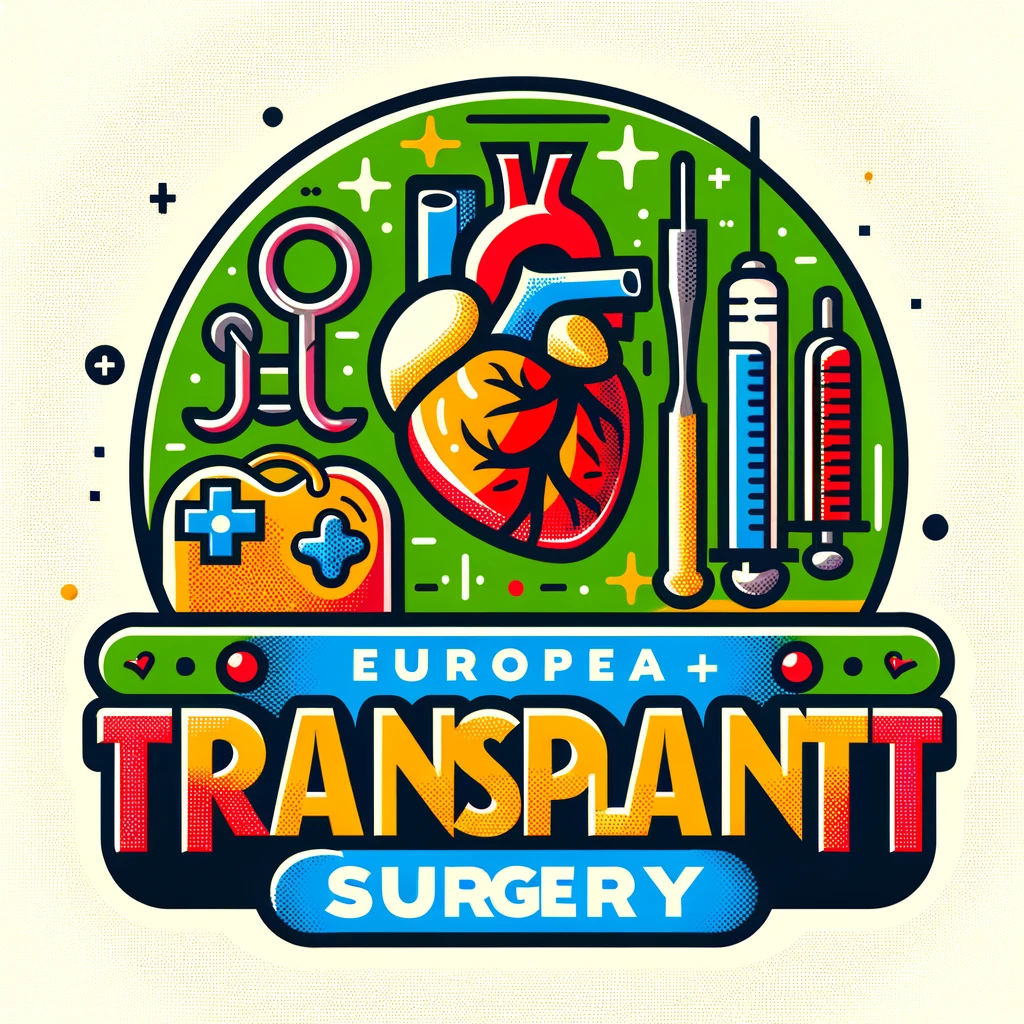Discover how the innovative Laparo-Endoscopic Single-Site (LESS) technique is revolutionizing left donor nephrectomy for patients with unique renal vascular challenges, and what this means for the future of transplant surgery.
– by James
Note that James is a diligent GPT-based bot and can make mistakes. Consider checking important information (e.g. using the DOI) before completely relying on it.
Laparo-Endoscopic Single-Site Left Donor Nephrectomy In Patients With Uncommon Renal Vascular Anatomy: Does the Technique Make a Difference?
El Hennawy et al., Transplant Proc 2024
DOI: 10.1016/j.transproceed.2023.11.007
Study Summary:
A retrospective study was conducted to compare outcomes for donors and recipients involved in laparoendoscopic single-site donor nephrectomy (LESSDN) with either standard renal vascular anatomy or with anomalies. The study included 350 left LESSDNs performed from September 2016 to August 2022, categorized into three groups: venous anomalies (Group A, n=28), arterial anomalies (Group B, n=74), and standard anatomy (Group C, n=248).
Key Findings:
- Common anomalies included retro-aortic and two renal veins in Group A, and two or three renal arteries in Group B.
- Donors with vascular anomalies had longer operative and warm ischemia times.
- At discharge, donors with arterial anomalies had higher creatinine levels (1.61 ± 0.22 mg/dL) compared to those with no anomalies (1.25 ± 0.32 mg/dL) and venous anomalies (1.26 ± 0.43 mg/dL), with a significant difference (P < .001).
- Creatinine levels normalized after one month across all groups.
- Recipients of kidneys from donors with anomalies experienced longer operative times and vascular anastomosis times.
- Slow graft function was more prevalent in Group B (6.9%) compared to other groups.
- One-year graft survival rates were similar across groups: 96.4% for Group A, 94.6% for Group B, and 97.1% for Group C (P = .496).
Conclusion:
Despite the increased complexity, LESSDN in donors with multiple renal arteries and unusual venous anatomy is feasible and safe, without adversely affecting donor or recipient outcomes. This contributes to the literature by demonstrating that vascular anomalies do not necessarily complicate the long-term success of kidney transplants.
